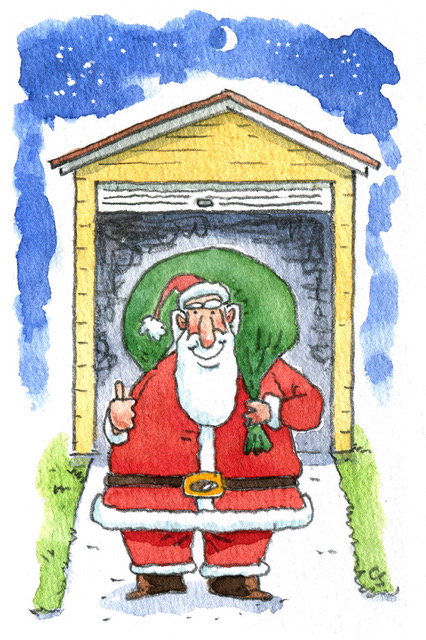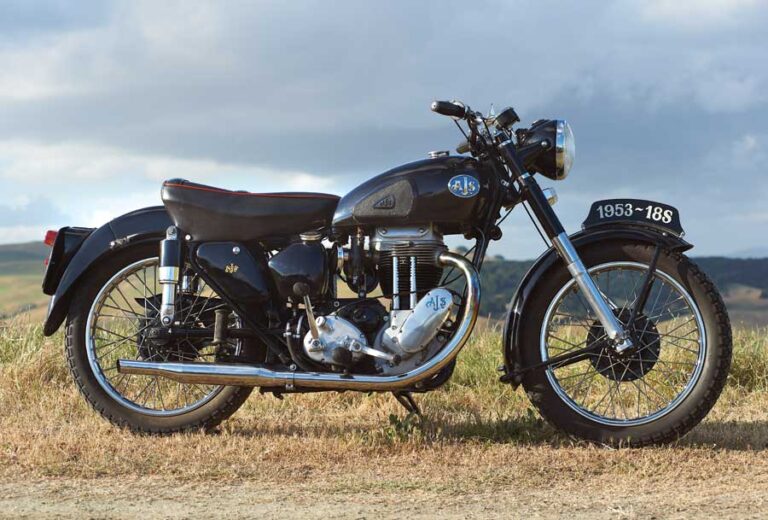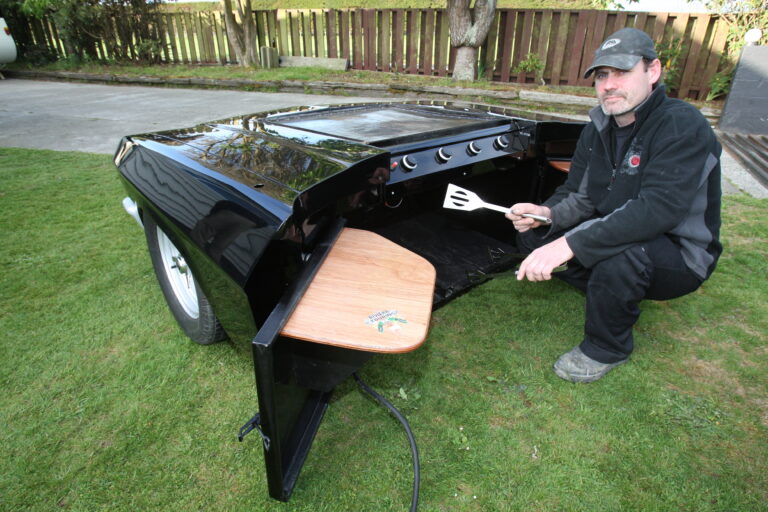The original Record holdfast
The swivel foot. Note the fingers
Make a handy and useful addition to your workbench
A bench needs clamps, a second pair of hands to hold the work still and stable. Traditionally, woodworkers have used a holdfast and the most popular of these was the Record holdfast, now sadly out of production.
The advantage of the holdfast is its ability to be positioned in various spots on a bench to hold work. The principle is simple enough. The threaded rod is placed at a slight angle to the tube such that when pressure is applied, the rod jams itself in a slightly oversize hole through the bench.
The construction is simple. It uses ¾ inch galvanised water pipe about 350mm long, a bar of 25mm x 6mm flat mild steel bar, about 250mm of threaded rod (we used 12 x 1.75mm pitch rod) and a tapped ferrule from mild steel rod. You will also need a swivelling foot and some means of fixing it, and finally an adjustment knob of some kind to tighten the rod.
Support Tube
Cut the ¾” water pipe to a length of 350 mm, deburr both ends, and mark the slot for the positioning arm to be cut. Drill a series of holes right through the pipe as close together as possible to allow the flat bar to slide freely through. File the slot smooth.
Positioning Arm
Cut the arm to length, debur the ends and clean the end to be welded.
Welded Ferrule
Cut from 22mm dia (not critical) to match the width of the positioning arm. Chamfer the edges at both ends. Centre drill then pilot drill using approximately a 5mm twist drill and finish drill to 10.5mm dia. To determine the tapping drill size for ISO metric threads, take the full outside diameter and subtract the pitch – for our tap drill size above it is 12mm – 1.75 = 10.25mm. I have specified a 10.5mm drill to give a 97.6 percent thread engagement which makes it easier to use a 12mm hand tap.
Cut the threaded rod to length (250 mm) and turn one end to 10mm dia and tap it to 10mm. Using a 6mm drill, drill the other end to a depth of 22mm to accommodate
Swivel Foot
This consists of a 6mm x 28mm rod welded to a ball bearing of about 11mm dia. The foot is made from a slug of 30mm dia mild steel rod, turned to have a boss of 17mm dia x 12mm long. Drill a hole into the boss 1mm greater than the dia of the ball bearing. Cuts made across the boss to about 5mm depth form “fingers” to grasp the ball end of the rod assembly. The fingers are swaged over to capture the ball without restricting its movement.
With the ball bearing rod inserted into the end of the threaded rod, drill a 3mm hole through both the threaded rod and the ball bearing rod, insert a small nail, and swage it in with a centre punch. The threaded adjustment rod is than fed through the ferrule and the adjustment knob screwed on.



